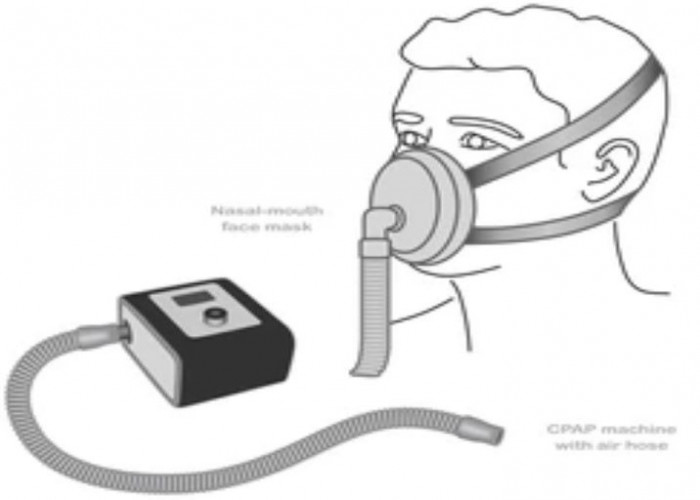 Welcome
Welcome
“May all be happy, may all be healed, may all be at peace and may no one ever suffer."
Central sleep apnea
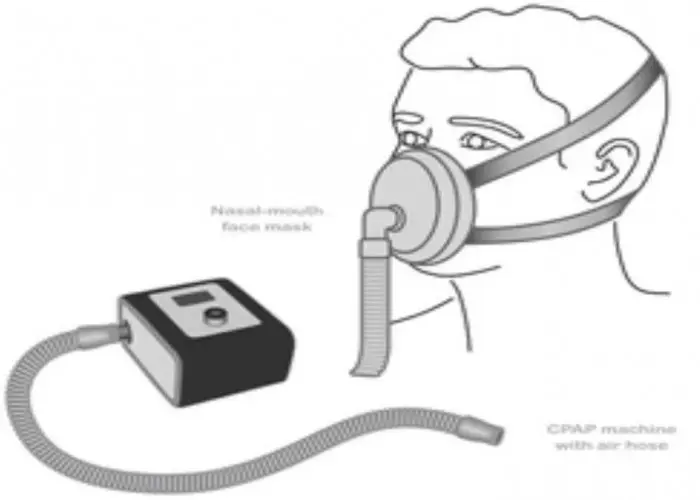
Central sleep apnea is a type of sleep disorder in which breathing is repeatedly interrupted during sleep due to a lack of respiratory effort. This is in contrast to obstructive sleep apnea, which is caused by physical blockages in the airway. Central sleep apnea occurs when the brain fails to send signals to the muscles that control breathing, leading to brief periods of paused or shallow breathing. Symptoms of central sleep apnea may include excessive daytime sleepiness, difficulty concentrating, morning headaches, and restless sleep. Treatment options for central sleep apnea may include addressing underlying medical conditions, such as heart failure or opioid use, using a device that delivers positive airway pressure, or medications to stimulate breathing. In some cases, a combination of therapies may be recommended to manage symptoms and improve sleep quality. It is important to work closely with a healthcare provider to develop a personalized treatment plan for central sleep apnea.
Research Papers
Disease Signs and Symptoms
- Difficulty breathing (dyspnea)
- Difficulty staying asleep
- Excessive daytime sleepiness
- Difficulty concentrating
- Rapid mood chang
- Morning headaches
- Observed episodes of stopped breathing or abnormal breathing patterns during sleep
Disease Causes
Central sleep apnea
Central sleep apnea occurs when your brain fails to transmit signals to your breathing muscles.
Central sleep apnea can be caused by a number of conditions that affect the ability of your brainstem — which links your brain to your spinal cord and controls many functions such as heart rate and breathing — to control your breathing.
The cause varies with the type of central sleep apnea you have. Types include:
- Cheyne-Stokes breathing. This type of central sleep apnea is most commonly associated with congestive heart failure or stroke.
- Cheyne-Stokes breathing is characterized by a gradual increase and then decrease in breathing effort and airflow. During the weakest breathing effort, a total lack of airflow (central sleep apnea) can occur.
- Drug-induced apnea. Taking certain medications such as opioids — including morphine (MS Contin, Kadian, others), oxycodone (Roxicodone, Oxycontin, others) or codeine — can cause your breathing to become irregular, to increase and decrease in a regular pattern, or to temporarily stop completely.
- High-altitude periodic breathing. A Cheyne-Stokes breathing pattern can occur if you're at a very high altitude. The change in oxygen at this altitude is the reason for the alternating rapid breathing (hyperventilation) and underbreathing.
- Treatment-emergent central sleep apnea. Some people with obstructive sleep apnea develop central sleep apnea while using continuous positive airway pressure (CPAP) for their sleep apnea treatment. This condition is known as treatment-emergent central sleep apnea and is a combination of obstructive and central sleep apneas.
- Medical condition-induced central sleep apnea. Several medical conditions, including end-stage kidney disease and stroke, may give rise to central sleep apnea of the non-Cheyne-Stokes variety.
- Idiopathic (primary) central sleep apnea. The cause of this uncommon type of central sleep apnea is unknown.
Disease Prevents
Disease Treatments
Treatments for central sleep apnea might include:
- Addressing associated medical problems. Possible causes of central sleep apnea include other disorders and treating those conditions might help your central sleep apnea. For example, therapy for heart failure might improve central sleep apnea.
- Reduction of opioid medications. If opioid medications are causing your central sleep apnea, your doctor might gradually reduce your dose of those medications.
- Continuous positive airway pressure (CPAP). This method, also used to treat obstructive sleep apnea, involves wearing a mask over your nose or your nose and mouth while asleep.
- The mask is attached to a small pump that supplies a continuous amount of pressurized air to hold open your upper airway. CPAP may prevent the airway closure that can trigger central sleep apnea.
- As with obstructive sleep apnea, it's important that you use the device only as directed. If your mask is uncomfortable or the pressure feels too strong, talk with your doctor. Several types of masks are available. Doctors can also adjust the air pressure.
- Adaptive servo-ventilation (ASV). If CPAP doesn't effectively treat your condition, you might be given ASV. Like CPAP, ASV also delivers pressurized air.
- Unlike CPAP, ASV adjusts the amount of pressure breath-by-breath during inhalation to smooth out your breathing pattern. The device might also automatically deliver a breath if you haven't taken a breath within a certain number of seconds.
- ASV isn't recommended for people with symptomatic heart failure.
- Bilevel positive airway pressure (BPAP). Like ASV, BPAP delivers pressure when you breathe in and a different amount of pressure when you breathe out. Unlike ASV, the amount of pressure during inspiration is fixed rather than variable. BPAP can also be set to deliver a breath if you haven't taken a breath within a certain number of seconds.
- BPAP could worsen central sleep apnea in people with heart failure. Talk to your doctor about the potential risks of BPAP if you have heart failure.
- Supplemental oxygen. Using supplemental oxygen while you sleep might help if you have central sleep apnea. Various devices are available to deliver oxygen to your lungs.
- Medications. Medications such as acetazolamide have been used to stimulate breathing in people with central sleep apnea. These medications might be prescribed to help your breathing as you sleep if you can't tolerate positive airway pressure.
Surgery or other procedures
A newer therapy for central sleep apnea is transvenous phrenic nerve stimulation. A system approved by the U.S. Food and Drug Administration (remedē System) delivers an electrical pulse to the nerve that controls the diaphragm (phrenic nerve) during sleep, which causes you to take a breath. This involves a battery-powered pulse generator that's implanted under the skin in the upper chest.
Used for moderate to severe central sleep apnea, this system produces a steady breathing pattern. More study is needed.
Disease Diagnoses
Disease Allopathic Generics
Disease Ayurvedic Generics
Disease Homeopathic Generics
Disease yoga
Central sleep apnea and Learn More about Diseases

Autism spectrum disorder

Lynch syndrome

Hypoplastic left heart syndrome

Sunburn
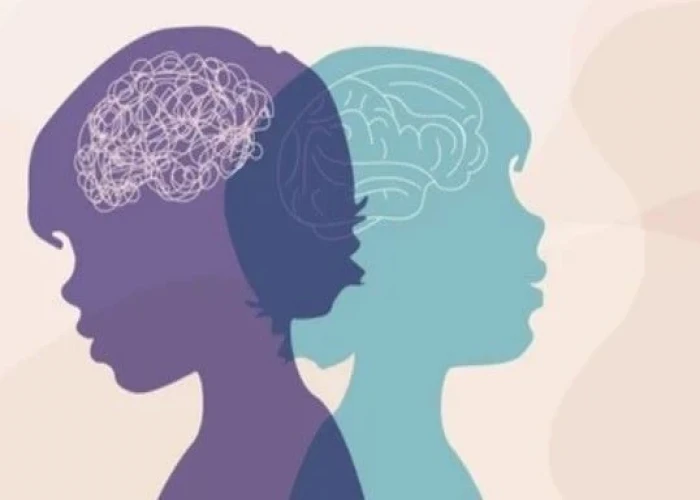
REM sleep behavior disorder
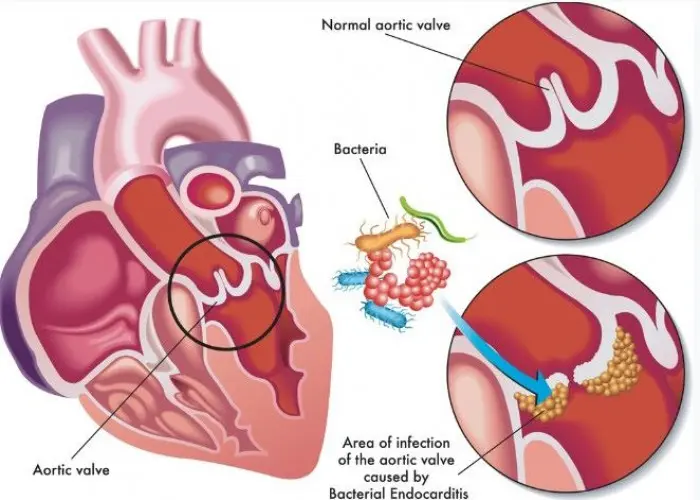
Endocarditis
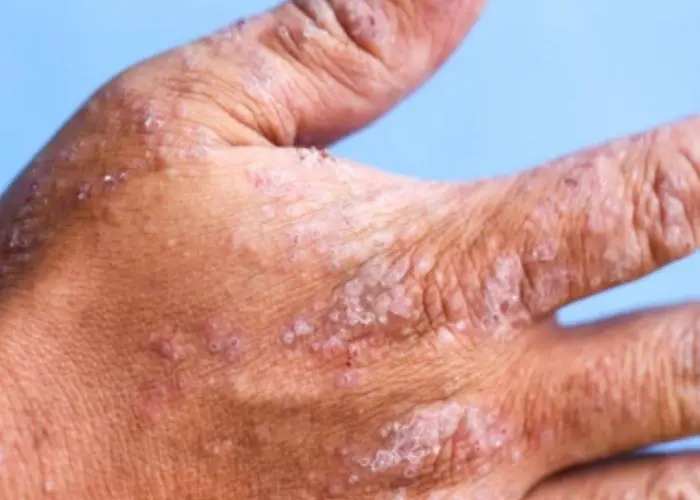
Contact dermatitis
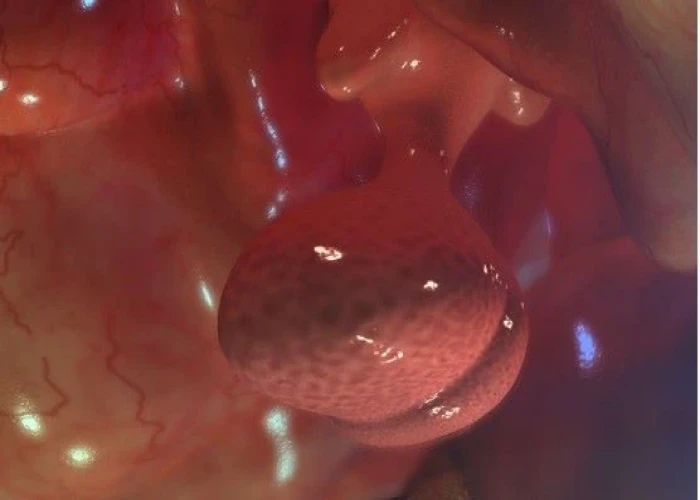
Prolactinoma
Central sleep apnea, Central apnea, Central sleep apnea treatment, সেন্ট্রাল স্লিপ অ্যাপনিয়া
To be happy, beautiful, healthy, wealthy, hale and long-lived stay with DM3S.
